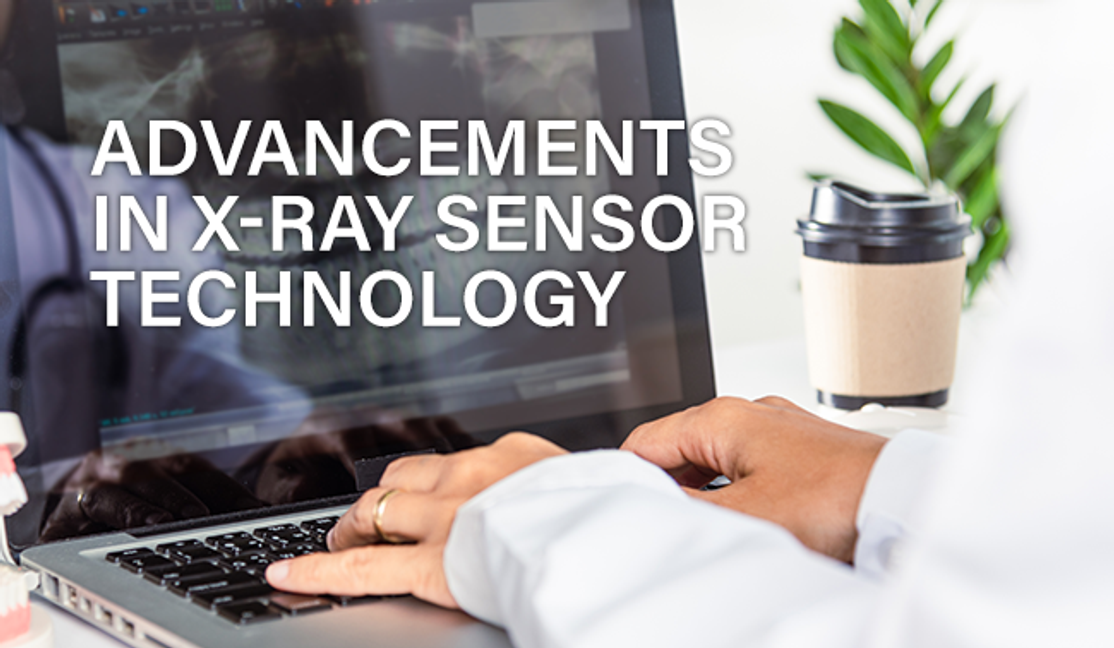Advancements in X-ray Sensor Technology
Posted by Oscar on 23rd Mar 2023
X-ray sensors have become an indispensable tool in various fields, including medical diagnosis, security screening, and industrial inspection. These sensors detect the electromagnetic radiation emitted by an X-ray source and convert it into an image that can be used for various purposes.
Advancements in X-ray sensor technology have greatly improved their performance and made them more versatile. One such advancement is the development of digital X-ray sensors, which provide higher resolution images and faster image acquisition compared to traditional film-based X-ray sensors.
Another significant advancement is the development of flat-panel X-ray sensors, which are thin, lightweight, and offer a larger active area compared to older technologies. These sensors use a two-dimensional array of pixels that detect X-rays and convert them into electrical signals, which are then processed to create an image. Flat-panel X-ray sensors are commonly used in medical imaging, where they offer improved patient comfort, higher resolution images, and faster image acquisition compared to older technologies.
The global X-ray sensor market size was valued at $3.3 billion in 2020 and is expected to grow at a CAGR (compound annual growth rate) of 6.8% from 2021 to 2028. The growth is attributed to the increasing adoption of X-ray sensors in medical imaging, dental imaging, security screening, and industrial inspection.
When it comes to dental imaging, X-ray sensors have undergone significant advancements in technology, providing higher quality and faster image acquisition compared to traditional film-based sensors. As a result, the adoption of digital X-ray sensors in dentistry has increased significantly in recent years, with approximately 80% of dentists in the United States now using them. Let's explore the benefits of digital X-ray sensors in more detail.
It is important to choose an X-ray sensor that meets your specific needs. Factors to consider include the intended application, image resolution requirements, image acquisition speed, and cost. It is also important to choose a reputable manufacturer that offers reliable products and good customer support.
X-ray sensors have come a long way in terms of advancements in technology, and their use continues to grow in various fields. The adoption of digital and flat-panel X-ray sensors has greatly improved their performance, while statistics show a promising future for the X-ray sensor market. When choosing an X-ray sensor, it is important to consider specific needs and choose a reputable manufacturer.
Traditional film X-rays use X-ray film to capture the X-ray image. The film is placed between the X-ray source and the body part being imaged, and the X-rays pass through the body and are absorbed by the film. The film is then developed, producing a visible X-ray image.
While traditional film X-rays were the primary method of X-ray imaging for many years, they have become less commonly used in recent times due to several reasons. One reason for their decline is the increasing availability of digital X-ray sensors, which offer several advantages over traditional film X-rays.
Digital X-ray sensors offer higher image resolution, faster image acquisition times, and the ability to store and transmit images digitally, eliminating the need for physical storage space. Additionally, digital X-rays expose patients to lower levels of radiation compared to traditional film X-rays.
Another reason for the decline of traditional film X-rays is the environmental impact of the chemicals used in the film developing process. These chemicals can be harmful to both humans and the environment, and their use is being phased out in many countries.
Despite their declining use, traditional film X-rays are still used in some situations, such as when digital X-ray technology is not available or in cases where a physician prefers the look and feel of traditional X-ray films. However, as digital X-ray technology continues to improve, it is likely that the use of traditional film X-rays will continue to decline.
According to a survey conducted by the American Dental Association (ADA) in 2020, approximately 80% of dentists in the United States were using digital X-rays, while only about 20% were still using traditional X-rays. This represents a significant shift from just a few decades ago when traditional X-rays were the standard in dentistry.
The same ADA survey found that the use of digital X-rays has been steadily increasing over the past decade, with more and more dentists adopting the technology each year. In 2010, only about 60% of dentists were using digital X-rays, but by 2020, that number had risen to 80%.
The use of traditional X-rays in dentistry has declined significantly over the past decade, with digital X-rays becoming the standard in most dental practices. The trend towards digital X-rays is expected to continue in the coming years as the technology continues to improve and more dentists adopt it.

